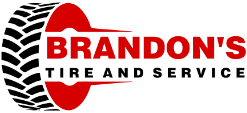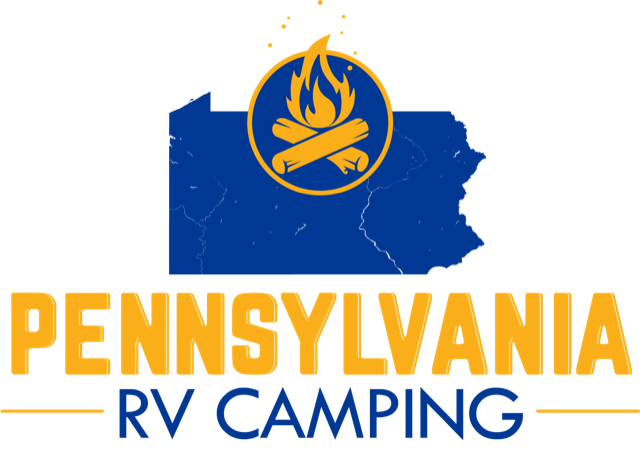RV Safety
We all enjoy hitting the open road and RV Camping and the key to enjoying your camping experience is getting to the campground and back home with our entire family safe. Here are some tips on keeping your self and your family safe on your camping weekend.
1. Check that your vehicle is up to par.
Check to make sure that your vehicle is appropriate for your towing needs. An undersized vehicle is dangerous. It cannot properly handle or stop, which can result in an accident!
2. Most bumper pull campers use a 2- 5/16" ball.
Verify the ball size prior to hooking your camper up. Using the wrong size ball could result in it coming uncoupled while pulling, resulting in an accident! Most balls have the size stamped right on the top of the ball!
3. Check your safety chains.
If you are using a carabiner clip to hook it to your vehicle, make sure the carabiner is rated for that purpose. MANY are not.
4. Check your equipment!
Check to make sure your anti-sway control is good not damaged and properly adjusted. Check your load-equalizing equipment for any damage.
5. Check your tires.
Adjust air pressures according to your camper’s specifications. Check the date codes on the tires. Tires over 7 years old are ticking time bombs. The date code is the last four digits of the DOT number. It is usually circled in the stamping. 0521 would be the 5th week of 2021. Check for dry rot in the sidewalls and in the tread. Make sure there are no cracks or foreign objects in the tires. Many new campers come with cheap tires that are very prone to blowouts due to their load ratings.
6. Check your lights.
Hook up your camper 7-way plug, turn on your parking lights, and hazards. This will check all your lights at one time!
7. Check your brakes!
Following the procedure outlined below is the safest way we have found to do a quick test.
Hook up your camper to your vehicle.
Put your vehicle in drive.
Hold your brake controller manual override in the full-on position.
Release the brake pedal and give your vehicle a little throttle.
The camper should be resistant to rolling.
If it does not STOP something is not right. If you are unsure how to fix this, contact a professional.
If all is good, place vehicle back in park.
Unplug the 7-way connector from your vehicle.
Pull the safety break away cable out of the breakaway box.
Go back in your vehicle and again try to pull forward.
If you cannot pull forward, all is working properly. You have successfully completed a brake check. If you can pull forward easily, continue these steps.
Plug your 7-way connector back into your vehicle and repeat the tug test.
If you can no longer pull forward, your break away battery is dead and needs to be replaced. If you still can pull forward, you have an issue with the break away system and need further diagnostics. Seek professional help if you are unsure how to proceed.
8. Do you have extendable mirrors?
If not, you need to get mirror extensions! This will increase the visibility around you and help you maneuver through traffic and campsites with greater ease!
Information Provided by:
Brandon Large
Brandon’s Tire and Service LLC
Grantville, PA 17028
brandonstire.com

Fire Safety
Coming Soon!

